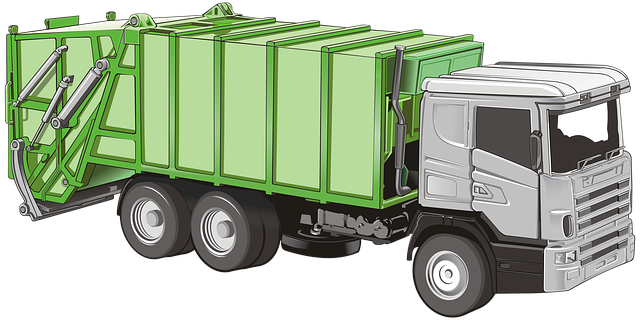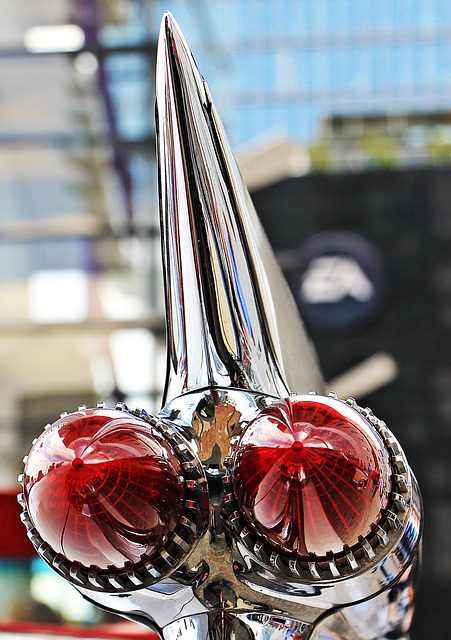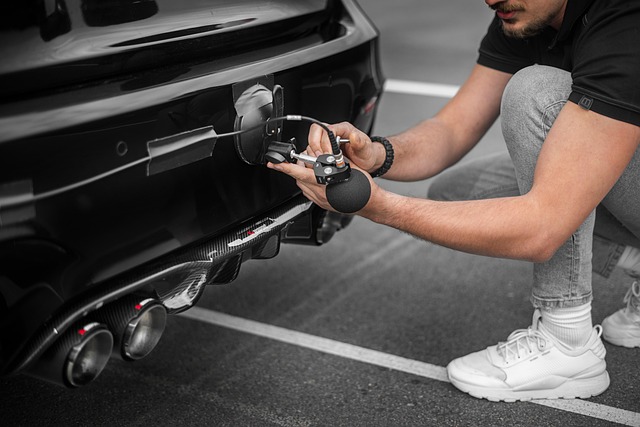Looking to register your car in California? This comprehensive guide will walk you through the process, ensuring a smooth experience. From understanding crucial requirements like DMV VIN verification to gathering all necessary documents and completing the online application, we’ve got you covered. Learn how to pay registration fees and receive your license plate efficiently. Simplify the process today!
- Understand California Car Registration Requirements
- Gather Necessary Documents for Vehicle Registration
- Visit Your Local DMV for VIN Verification
- Complete Online Car Registration Application Form
- Pay Registration Fees and Receive Your License Plate
Understand California Car Registration Requirements

Before registering your car in California, it’s crucial to understand the state’s specific requirements. The California Department of Motor Vehicles (DMV) mandates several steps for new and transferring vehicle owners. One essential aspect is the DV (Vehicle Identification Number) verification process, which involves a thorough inspection of the car’s unique identifier. This process ensures that the vehicle meets all safety and environmental standards before it can be legally operated on California roads.
A mobile vin verifier or mobile vin inspection service can streamline this initial step by providing on-site vehicle identification checks. These services utilize advanced technology to accurately scan and verify the DV, offering convenience and efficiency for both individuals and businesses. By adhering to these requirements and considering alternative verification methods like a mobile vin inspection, you’ll be well on your way to completing the car registration process smoothly.
Gather Necessary Documents for Vehicle Registration

Before you can register your car in California, you’ll need to gather several essential documents. These include the vehicle’s title, which proves ownership, and a valid registration from the previous state where the car was owned (if applicable). It’s also crucial to have proof of insurance and identification, typically a driver’s license or state-issued ID card. An important step that often goes overlooked is performing a DMV VIN verification. This process involves checking the vehicle’s unique Identification Number (VIN) against the Department of Motor Vehicles’ records to ensure it matches the details on file. You can do this through a mobile vin verifier for added convenience and speed.
Additionally, you’ll need a completed Vehicle Registration Application form, which can be obtained from the California DMV website or any local DMV field office. Ensure all information is accurate and up-to-date, as any discrepancies may delay the registration process. Some vehicles also require additional forms or inspections, such as emissions testing, so it’s a good idea to check with your local DMV branch for specific requirements based on your car’s make and model.
Visit Your Local DMV for VIN Verification

To register your car in California, you’ll need to undergo a crucial step: DMV VIN verification. This process ensures that your vehicle’s unique identifier, the Vehicle Identification Number (VIN), is accurate and matches the data on record. It’s essential for maintaining the integrity of California’s vehicle registration system. You can simplify this process by utilizing a mobile vin inspection or enlisting the help of a mobile vin verifier to facilitate the verification directly from your location.
When you visit your local DMV, they’ll require your car’s VIN to cross-reference with their records. This step is vital to ensure that your vehicle meets all safety and environmental standards before granting registration approval. So, be prepared to provide the correct and precise VIN, which can typically be found on the vehicle’s title documents or by consulting its identification plate.
Complete Online Car Registration Application Form

To begin the car registration process in California, start by completing the Online Car Registration Application Form. This form is available on the official website of the Department of Motor Vehicles (DMV). Fill it out accurately and thoroughly, providing all the necessary information about your vehicle, including its make, model, year, and unique Vehicle Identification Number (VIN). The VIN is a critical component in the registration process, as it allows for accurate verification through the DMV’s system.
One of the key steps in this process involves undergoing a DMV VIN verification, which ensures that your car matches the information on record. You can facilitate this with a mobile vin inspection or use a vin inspection service to streamline the process. This verification step is crucial to ensure that your vehicle complies with California’s registration requirements, making it safer for you and other road users.
Pay Registration Fees and Receive Your License Plate

After completing your vehicle’s registration application at the California DMV, it’s time to settle the fees. This includes a base registration fee and possibly additional charges depending on your vehicle type. Once your payment is processed, you’ll be issued a unique license plate that corresponds to your vehicle’s identification number (VIN).
Remember, proper VIN verification is crucial before registering. You can opt for a mobile vin inspection or use a mobile vin verifier service to ensure the accuracy of your VIN data. This step guarantees that all information associated with your vehicle is up-to-date and accurate, streamlining the registration process at the DMV.
Registering a car in California involves understanding state requirements, gathering essential documents, and completing necessary steps. By visiting your local DMV for VIN verification and submitting an online registration application, you can efficiently secure your vehicle’s license plate. Remember to pay the required fees for a seamless process. With these straightforward steps, you’ll be navigating California’s roads legally and smoothly in no time.



